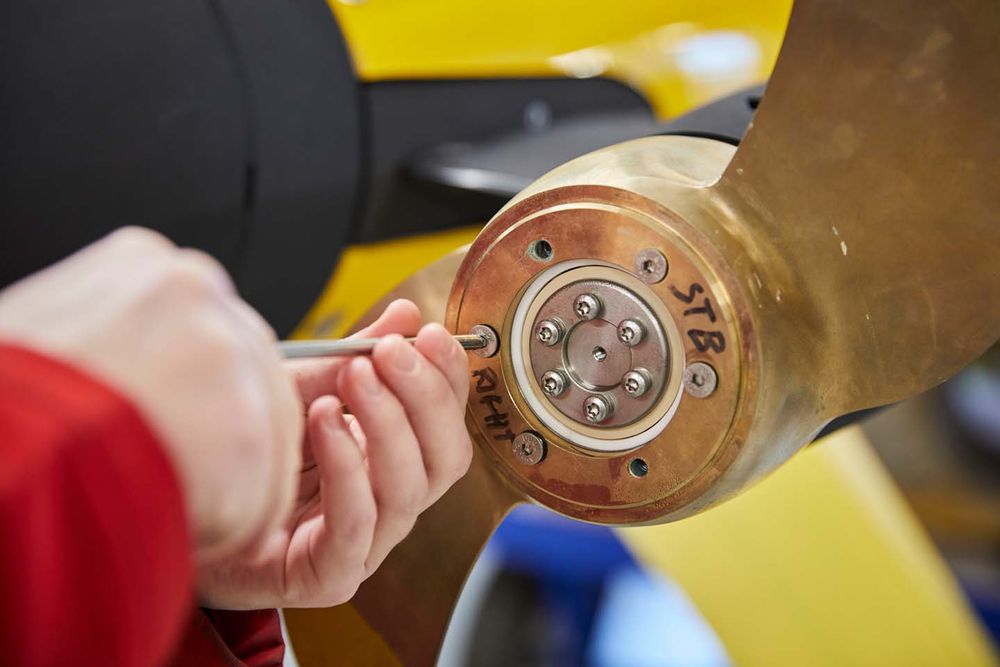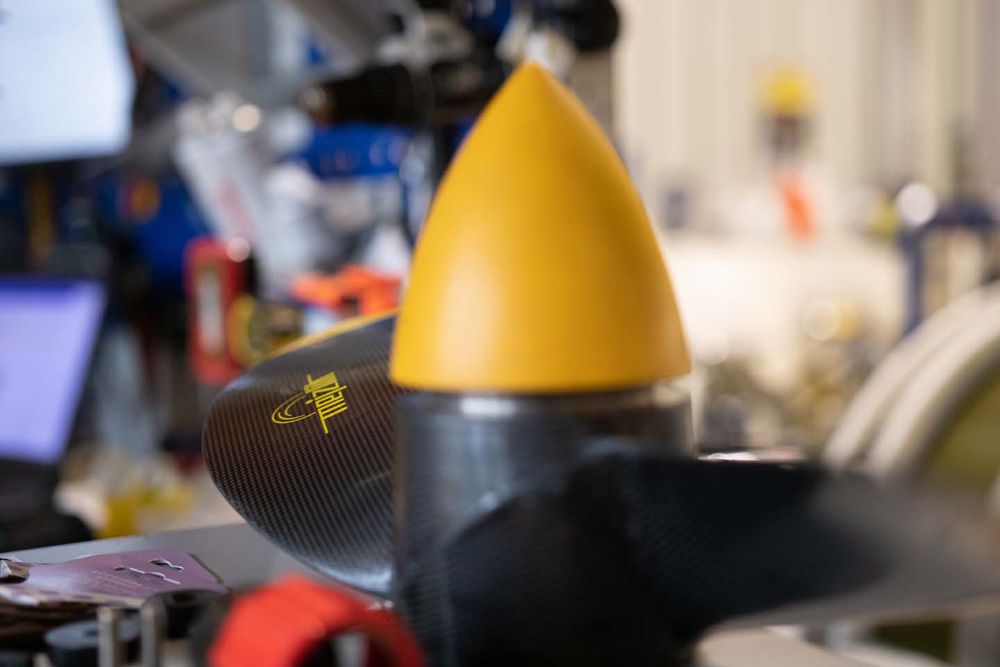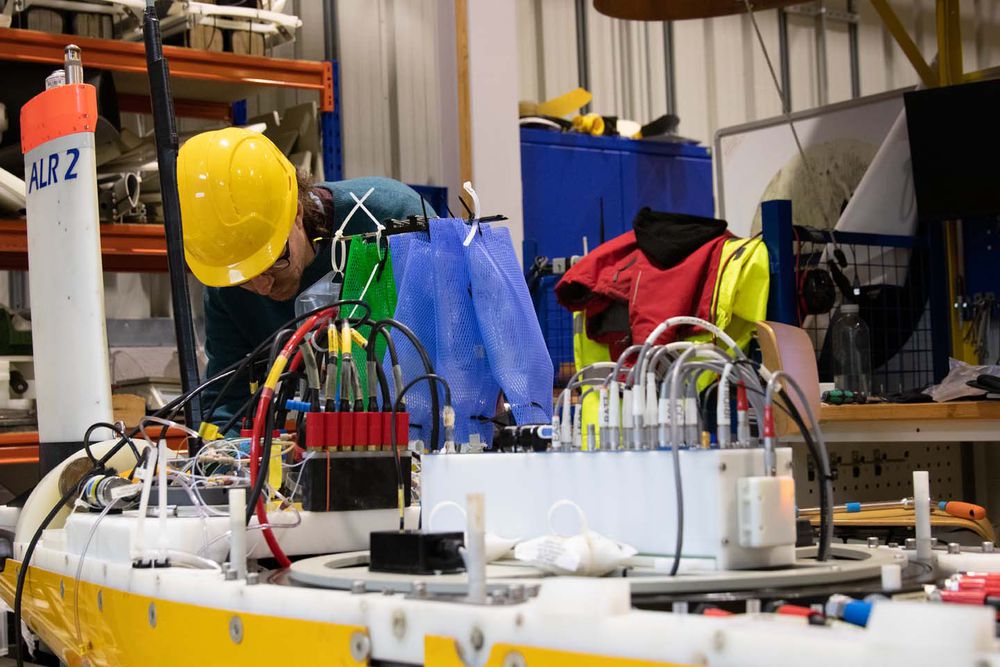Start the conversation
Contact us today to see how you could benefit from our services, technology and marine expertise

A whistle-stop tour of the spaces critical to our success
We’re recognised for our world-leading marine research and autonomous technology.
But that’s no accident. We didn’t fluke our way to renown.

We simply prioritise our workspaces, and tailor them to our engineers’ specific requirements.
Here’s an overview of each of our workshops.
The optics workshop is a space with temperature and humidity management, and no external windows.
We need this for a number of investigations, especially optical studies.
Optics Workshop
Key equipment includes:
- An environmental chamber (0.6m × 0.6m × 0.75m internal volume)
- A wafer probe station (it can accommodate 8” wafers or similar planer samples, and there are two available probes for applying test waveforms to samples)
- A highly accurate and stable (± 2 mK) plain water calibration bath
- A sink with reverse osmosis supply
Moving forwards, the optics workshop will have more space for testing the integration of various sensors, short- to mid-term storage for regularly deployed equipment, workstations for minor electronics work, and greater calibration potential (temperature, salinity and dissolved oxygen).
The sensors workshop is where we cut, assemble and test microfluidic chips before preparing them for ocean deployments.
It’s home milling machines for chip-cutting, a darkroom for setting up and assembling the optics for the chip detection systems, and soldering stations for the chip assembly.

In addition, sensor housings are assembled in the workshop with the option of oil-filled housings if required.
The main three types of sensors assembled in the sensors workshop are nitrate, phosphate and pH sensors. All three use the same chip footprint, but with different microfluidic configurations.
Sensors Workshop
Key equipment includes:
- LPKF ProtoMat S100 micro-milling machines
- Quality control Zeta 20 3D optical profiler
- Optical alignment equipment from ThorLabs
- Soldering stations for chip assembly
Several of our workshop spaces are specialised for the building of autonomous and robotic vehicles, which can then be tested in our on-site testing facilities.
These facilities are available for use by partners of the Marine Robotics Innovation Centre. Hire to external members of the marine science community can also be negotiated on a case-by-case basis.

Our workshops and testing facilities are world-class and are available to the marine science community and external organisations.
Mark Hamson
Head of Innovation Centre & Events